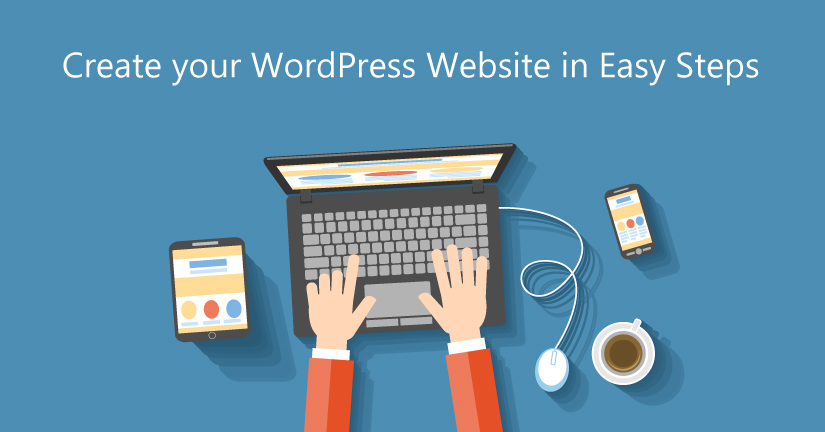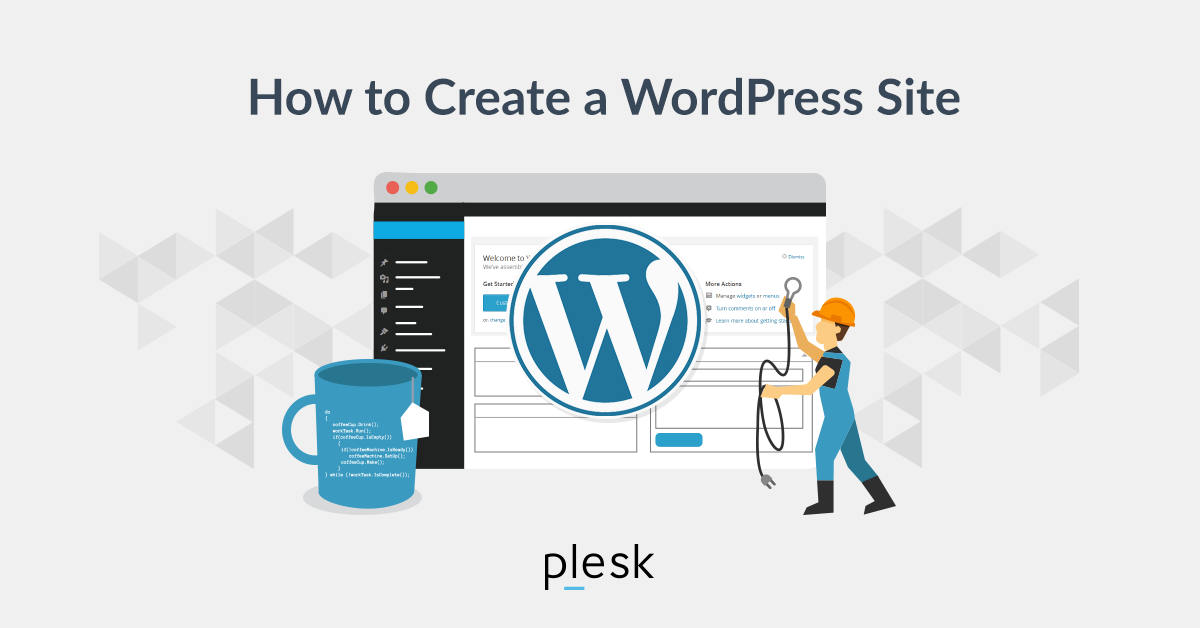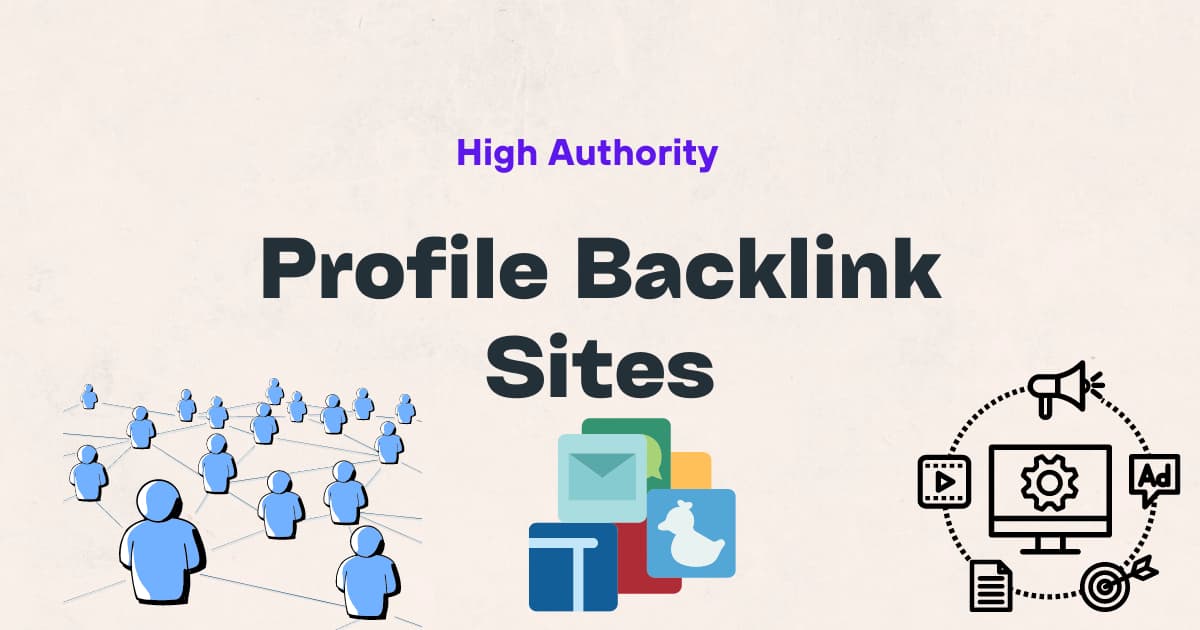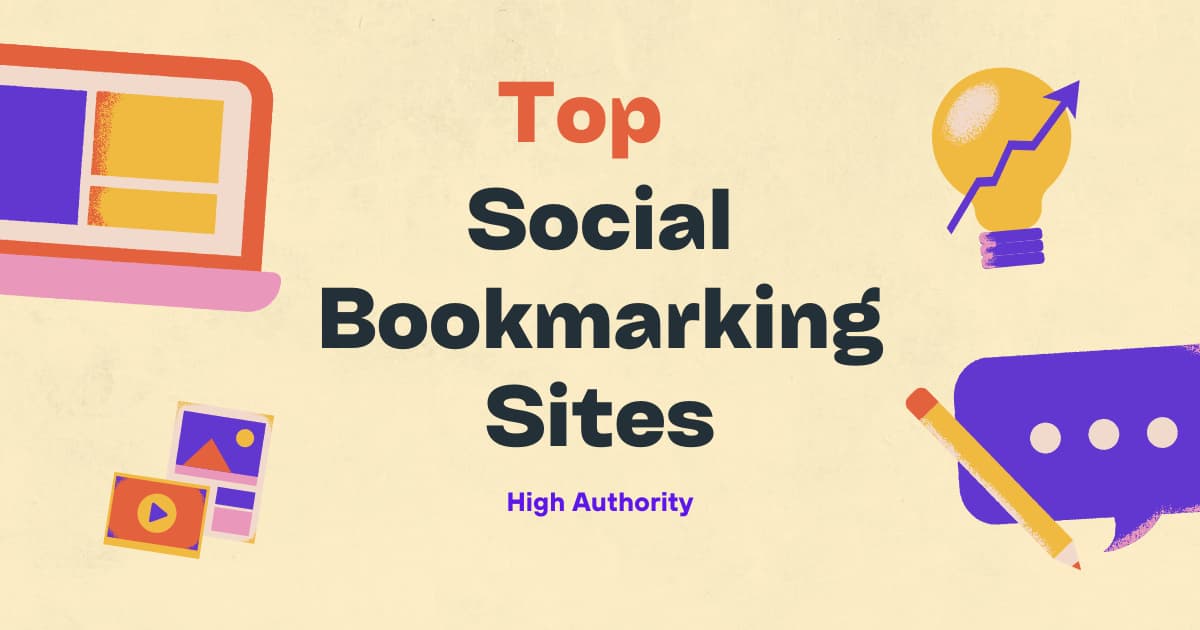To create a WordPress website, start by purchasing a domain and hosting. Next, install WordPress and choose a theme.
Creating a WordPress website can be an exciting and rewarding process. With its user-friendly interface and a plethora of customization options, WordPress is a popular choice for building websites. Whether you’re creating a personal blog, portfolio, or e-commerce site, WordPress offers flexibility and scalability.
In this guide, we’ll walk you through the steps to create a WordPress website from scratch. From selecting a domain name and hosting provider to installing WordPress and customizing your site’s design, we’ll cover everything you need to know to get your website up and running. With the right tools and a bit of creativity, you can build a professional and functional website that stands out from the crowd. So, let’s dive in and get started on building your dream website with WordPress.
Choosing A Domain Name
Domain name is your website’s address. It should be memorable and relevant.
Brainstorming Ideas
- Consider your brand, keywords, and niche.
- Combine words or use a phrase that reflects your site’s purpose.
- Avoid numbers and hyphens to keep it simple.
Checking Availability
Verify domain name availability for your selected choices.
| Website | Status |
|---|---|
| GoDaddy | Check domain availability |
| Namecheap | Verify domain name availability |
Ensure your domain isn’t trademarked or copyrighted by someone else.
Selecting A Hosting Provider
When it comes to creating your own website, one of the first steps you need to take is selecting a hosting provider. Your hosting provider is essentially the foundation of your website, as it determines the performance, reliability, and overall user experience. In this article, we will explore the key factors to consider when choosing a hosting provider to ensure your WordPress website is set up for success.
Comparing Hosting Plans
Comparing hosting plans is an essential part of your website-building journey. In order to make an informed decision, it’s important to consider factors such as:
- Price: Compare the costs of different hosting plans and choose one that fits your budget. It’s important to be mindful of any additional costs that may be associated with certain features or add-ons.
- Features: Look for the features offered by each hosting plan, such as storage space, bandwidth, and email accounts. Consider if the plan includes a free SSL certificate or a website builder tool.
- Scalability: Ensure that the hosting provider offers scalable plans, allowing your website to grow as your business expands. It’s crucial to have the flexibility to upgrade or downgrade your plan according to your needs.
Considering Performance And Support
Once you’ve narrowed down your options based on the hosting plans, it’s vital to consider the performance and support provided by each hosting provider. These factors can significantly impact the success of your website. Here are some aspects to keep in mind:
- Uptime Guarantee: Choose a hosting provider that offers a high uptime guarantee, ideally 99.9% or more. This ensures that your website is accessible to visitors at all times without interruptions.
- Speed and Load Time: Opt for a hosting provider that prioritizes fast loading times. A slow-loading website can lead to a poor user experience and affect your search engine rankings. Test the speed of the provider’s servers to ensure optimal performance.
- Customer Support: Reliable customer support is crucial, especially if you encounter any technical issues or have questions about your hosting account. Look for a hosting provider that offers 24/7 customer support through various channels, such as live chat, phone, or email.
By thoroughly comparing hosting plans and considering performance and support, you can select a hosting provider that meets your website’s needs. Remember, your choice of hosting provider plays a significant role in the success of your WordPress website, so make sure to invest time and effort into making an informed decision.
Installing WordPress
To install WordPress for creating a website, simply access your hosting account’s control panel and use the one-click installation feature. Select the WordPress platform and follow the prompts to set up your website. After installation, customize your site with themes and plugins to enhance its functionality.
Installing WordPress is an important step in creating a website. It allows you to have a powerful and user-friendly platform to build your website on. There are two ways to install WordPress: using one-click installation or manual installation. This section will guide you through both methods, so you can choose the one that suits you best.
Using One-click Installation
One-click installation is the easiest and quickest way to install WordPress. Many hosting providers offer this feature, making the process of installing WordPress a breeze. Here’s how you can do it:
- Log in to your hosting account and navigate to the control panel.
- Look for the section or icon related to installing applications or scripts.
- Click on the WordPress icon and follow the prompts.
- Provide the necessary information, such as your website name, admin username, and password.
- Once you’ve filled in all the details, click on the install button.
- After a few moments, the installation process will be complete, and you’ll receive a confirmation message.
- You can then access your WordPress website by typing your domain name into the browser.
Manual Installation
Manual installation involves downloading the WordPress software and uploading it to your hosting account. While it requires a bit more technical know-how, it gives you greater control over the installation process. Here’s how to install WordPress manually:
- Go to the official WordPress website and download the latest version of WordPress.
- Unzip the downloaded file on your computer.
- Log in to your hosting account and access the control panel.
- Create a new database for your WordPress installation.
- Using an FTP client, connect to your hosting account and navigate to the root directory.
- Upload the WordPress files to the root directory.
- Once the upload is complete, navigate to your website through the browser.
- Follow the on-screen instructions to set up your WordPress database.
- Provide the necessary information, such as your database name, username, and password.
- Click on the install button, and the installation process will begin.
- After a few moments, you’ll receive a confirmation message, indicating a successful installation.
- You can then log in to your WordPress website using the admin credentials you provided during installation.
Installing WordPress doesn’t have to be a daunting process. Whether you choose to use one-click installation or do it manually, following these instructions will help you get your WordPress website up and running in no time. So, choose the method that suits you and start building your online presence with WordPress today.

Customizing Your Website
Create a unique WordPress website by customizing its design, layout, and features to suit your brand. Utilize themes, plugins, and widgets to enhance functionality and user experience. Personalize every aspect of your site to stand out in the crowded online space.
Choosing A Theme
When it comes to choosing a theme for your WordPress website, it’s important to consider the overall look and feel you want to achieve. Look for a theme that is responsive and SEO-friendly to ensure it works well on all devices and can be easily found on search engines.
Adding Essential Plugins
Essential plugins play a crucial role in enhancing the functionality of your WordPress website. Consider adding plugins for security, SEO optimization, contact forms, and social media integration to provide a seamless experience for your visitors.
Creating Content
Learn how to create a WordPress website with these step-by-step guidelines. From choosing a theme to customizing your site, this tutorial will help you build a professional and functional website without any coding knowledge required.
Writing Pages And Posts
To create engaging content on WordPress, start by writing pages and posts.
Incorporating Media
Adding images and videos enhances the visual appeal of your website.
Optimizing For Seo
“When optimizing a WordPress website for SEO, it’s vital to focus on a few key elements that can significantly impact your site’s visibility and ranking on search engines.” Optimizing for SEO involves strategically utilizing keywords, enhancing speed, and ensuring a seamless mobile experience. Let’s delve into these aspects to ensure your WordPress site is search engine-friendly.
Utilizing Keywords
- Research relevant keywords related to your content and integrate them naturally.
- Place keywords strategically in titles, headings, meta descriptions, and throughout the content.
- Utilize tools like Yoast SEO plugin to optimize keyword density and readability.
Improving Speed And Mobile Experience
- Optimize images for faster loading times and better user experience.
- Choose a responsive theme to ensure your site is mobile-friendly and easy to navigate on all devices.
- Minimize plugins and scripts that can slow down the site’s loading speed.
Managing Security
Enhance security on your WordPress website with robust measures like using SSL certificates, implementing firewalls, and regularly updating plugins and themes. Protect user data by conducting security audits and setting up two-factor authentication for added protection.
- Implementing Secure Practices
- Installing Security Plugins
Promoting Your Website
Once you have created your WordPress website, your next step is to promote it to drive traffic and increase your online visibility. Utilizing social media and understanding analytics are two crucial strategies that can help you achieve this.
Utilizing Social Media
Social media platforms have become an integral part of our daily lives, and leveraging them to promote your website can yield significant results. Here are some effective ways to utilize social media:
- Create social media accounts for your website on popular platforms like Facebook, Twitter, and Instagram.
- Add social sharing buttons to your website to encourage visitors to share your content on their own social media profiles.
- Regularly post engaging and relevant content that your target audience will find valuable.
- Interact with your followers by responding to comments and messages promptly.
- Collaborate with influencers or other businesses in your niche to expand your reach.
Understanding Analytics
Having a clear understanding of your website analytics is essential to track the success of your promotional efforts. Analytics provide valuable insights into visitor behavior, traffic sources, and overall performance. Here are a few key metrics to pay attention to:
| Metric | Explanation |
|---|---|
| Pageviews | The total number of pages that have been viewed on your website. |
| Unique Visitors | The number of individual visitors to your website within a specific timeframe. |
| Bounce Rate | The percentage of visitors who leave your website after viewing only one page. |
| Conversion Rate | The percentage of visitors who complete a desired action, such as making a purchase or filling out a form. |
By analyzing these metrics, you can identify areas of improvement and make data-driven decisions to optimize your website’s performance. Remember, promoting your website is an ongoing process that requires continuous monitoring and adjustment. By utilizing social media and understanding analytics, you can effectively reach your target audience and achieve your website promotion goals.

Frequently Asked Questions
How Can I Create A WordPress Website For Free?
You can create a WordPress website for free by signing up on WordPress. com, choosing a theme, customizing your site, and publishing content. Additionally, you can create a free account for a basic website.
Can I Build A WordPress Website Myself?
Yes, you can build a WordPress website yourself. WordPress is user-friendly with plenty of online resources to help you.
How To Create A Website With WordPress For Beginners?
To create a website with WordPress, choose a domain, hosting, and theme, and customize it with content and plugins.
Is A WordPress Website Free?
Yes, a WordPress website is free to create. It’s an open-source platform that allows users to build websites without any cost. You can install and use WordPress for free, but there might be expenses for hosting, custom domain names, and premium themes or plugins.
Conclusion
To sum up, creating a WordPress website is a rewarding process that requires patience and dedication. By following these steps, you can design a professional site that stands out online. Remember to optimize for SEO and engage with your audience for success.
Happy website building!




